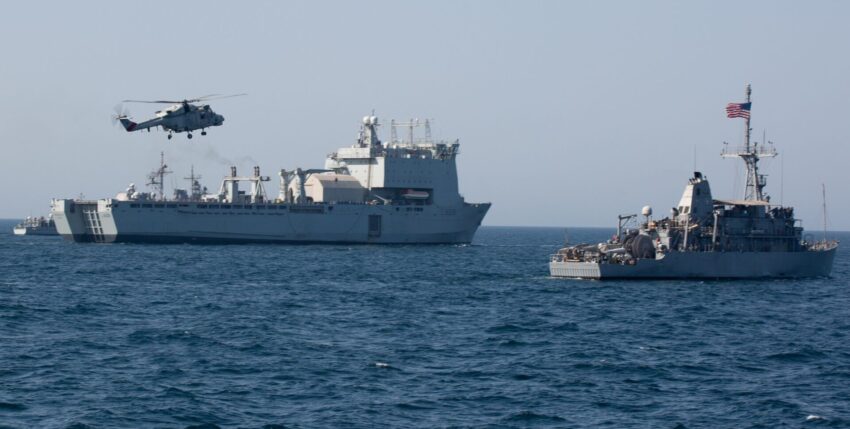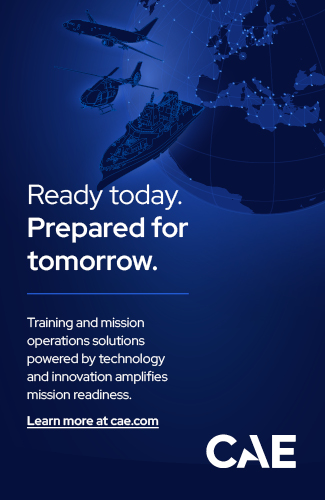After four years, the British landing ship Cardigan Bay back to his home country. The ship and crew were stationed in Bahrain as part of a forward deployment together with four minesweepers. During her time in the Persian Gulf, the ship, which is part of the Royal Fleet Auxiliary (RFA) Cardigan Bay as a command and supply ship and also took part in various manoeuvres during this time. Most recently, this was the case with Artemis Trident, a joint exercise with French and American units that takes place every two years. In addition to the focus on mine hunting, this year's exercises included self-defence against attacks from the air and from warships, maritime security, formation defence and operations with divers. As a supplier of fresh water, fuel and food, the RFA Cardigan Bay played an important role in this. As a landing and docking ship, it was not possible to supply other units underway, so the minesweepers had to come alongside when the ship was stopped. The Cardigan Bay now for the second time by her sister RFA Lyme Bay. After her return, she will undergo a major shipyard lay-up in the UK.
The building was constructed Cardigan Bay at BAE Systems and was put into service in 2006. With a length of 177 metres, it displaces around 16,000 tonnes. Two Wärtsilä generators supply energy for the two pod drives. This allows a maximum speed of 18 knots to be achieved. For self-protection, the ship has two Phalanx systems and two 30-millimetre DS 30B guns as well as machine guns. One LCU Mark 10 or two small LCVP can be carried on the well deck. These are used to transport the maximum of 700 embarked soldiers ashore. There are also 1150 track metres available for vehicles. There is ample space on the upper deck for helicopters of all sizes or Osprey swing-rotor aircraft, but there is no hangar for accommodation and maintenance.
Text: mb; Photo: Royal Navy/Crown Copyright










